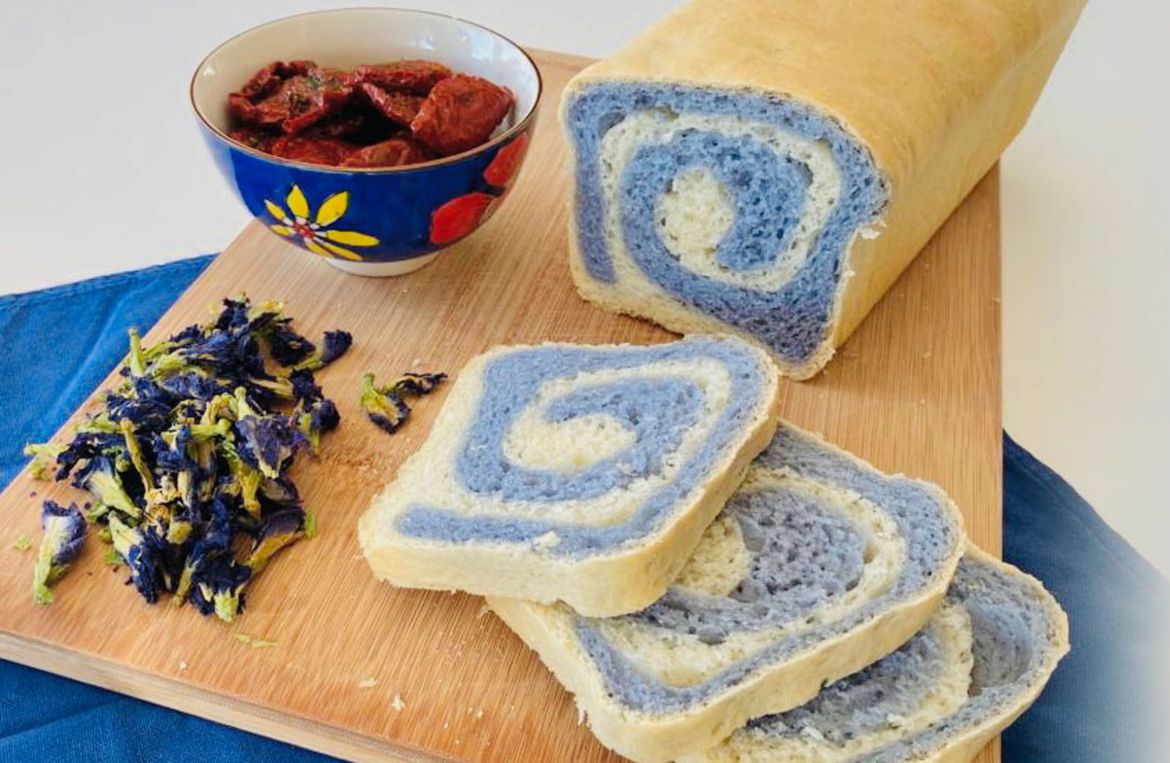Recipe: Italian-Style Blue Bread
If you enjoy gardening, you may be familiar with the blue pea or butterfly pea (Clitoria ternatea), a flowering vine with lovely deep blue and white flowers. It is often used as an ornamental plant for its pretty flowers and is native to eastern Indonesia where it is known as the "Bunga telang". But the flowers are not only pretty - they are also edible and are much prized for the beautiful blue hues they add to food.
In Thailand and Vietnam, these blue flowers are used to make "Anchan" tea, a popular infusion that tastes fairly neutral with slightly sweet notes. Its colour is bright blue - the longer it is steeped, the darker and more intense the colour. A very special property of the tea: by adding an acidic substance, such as lemon juice, the tea instantly changes from blue to purple or pink, depending on the intensity of the original blue tone.
Because of their beautiful colour, butterfly pea flowers are also used as a natural food dye in a variety of recipes. Here are a few ideas:
- Blue milk: Soak 15 g of blue pea flowers in a litre of hot milk for about 30 minutes.
- Blue liqueur for cocktails: Soak the flowers in your favourite spirits (such as vodka or white rum) for about 30 minutes.
- Blue rice: This is particularly popular in Thai cuisine - jasmine rice is cooked with an infusion of blue pea flowers.
- Cream fillings for cakes or icing: Use blue pea flowers to add a wonderful blue colour to icings or cream fillings for cakes or other sweet recipes.
- Desserts and baked goods: You can use these flowers while baking bread (see recipe below) and also other desserts, cakes, brioche and more.
Here is a simple recipe for blue bread you can bake at home. It was submitted by Paola, a member of our Piccantino team from Italy. Grazie mille, Paola!
You can use any recipe for the bread (with dry or fresh yeast, with or without milk) and make it by hand or in a food processor. If you want your bread to be completely blue, simply substitute the water in the recipe with the same amount of blue pea infusion. If you want to achieve a two-tone effect (e.g. blue and white like in our recipe), you will have to divide the recipe into two parts. Make one part with water for the light coloured dough and make the second part with blue pea infusion instead of water for the blue dough.
First prepare the required amount of blue pea flower infusion and wait until it has cooled completely so that you can use it to make your dough. To get an intense blue colour, allow the infusion to steep for longer as the colour will fade a little during the baking process.
Ingredients required for a baking tin with dimensions 25 x 10 x 10 cm:
- 500 g flour = 250 g for one half of the dough and 250 g for the other
- 200 g water = 100 g water for the light dough and 100 g blue pea infusion
- 50g milk = 25g for each dough
- 50g corn oil (or other vegetable oil) = 25g for each dough
- ½ cube of yeast = ¼ cube for each dough
- 14 g salt = 7 g for each dough
- A pinch of sugar
Method:
- White dough - Mix the water and milk in a mixing bowl and dissolve the yeast in it with a pinch of sugar. It is best to use water and milk that is at 37°C. Let it rest for about 5 minutes.
- Add the oil and then mix in the flour and salt first in the bowl and then transfer to the worktop and knead until you get a smooth dough. You can also use a food processor.
- Blue dough - Do the exact same thing as above. Simply use the blue pea flower infusion instead of water.
- Place your two pieces of dough in two separate bowls. Cover with cling film or a clean cloth and let rise in a warm place for about an hour and a half.
- Roll out each dough into a rectangle about 2 cm high. Place the blue dough on top of the white dough and roll up along the long side. Place in a greased baking tin and let it rest for another hour and a half.
- Bake in a preheated oven at 180°C for about 30 minutes.
- Allow the bread to cool slightly before removing from the baking tin and then let cool completely on a wire rack.
- When you slice the bread, you'll see the beautiful two-tone blue and white effect on each slice.
Have fun trying!
Article and recipe submitted by Paola, a member of the Piccantino team from Italy. Thank you, Paola!
Related products
-
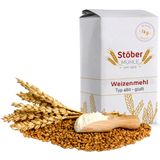 5.0 (4)
5.0 (4)Stöber Mühle Wheat Flour - 480 Smooth, 5 kgs
- Universal flour
- Made from Austrian grains
- A completely natural product
€ 11,09 (€ 2,22 / kg)Delivery by April 17
-
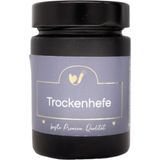 € 5,29 (€ 48,09 / kg)
€ 5,29 (€ 48,09 / kg)Delivery by April 17
-
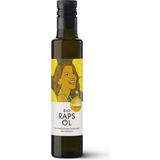 5.0 (2)
5.0 (2)Ölmühle Fandler Organic Canola Oil, 500 ml
- Nutty, spicy, earthy
- Delicious with salads, vegetables, grains and hearty cuisine
€ 14,59 (€ 29,18 / l)Delivery by April 17
-
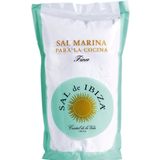 € 8,59 (€ 8,59 / kg)
€ 8,59 (€ 8,59 / kg)Delivery by April 17
Magazine Articles:
Discover Piccantino :
-
Austria: Free standard delivery from € 49,90
-
Free
returns -
24-hour shipping
More than 11.500 products
